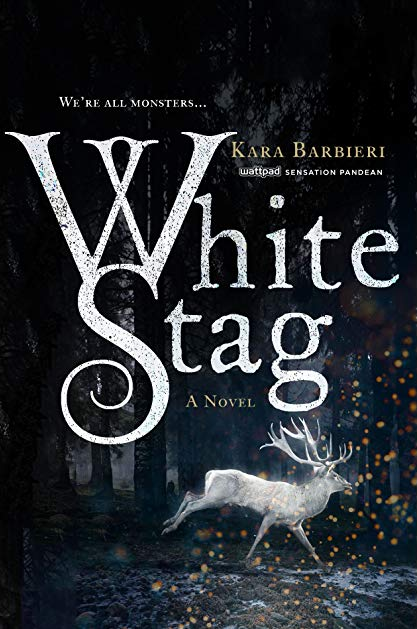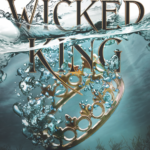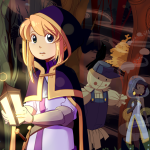“White Stag” Book Review: Good Premise, Poor Execution
In White Stag, author Kara Barbieri asks you to imagine a land where it’s always winter, and all of the goblins look like David Bowie in Labyrinth (and he wasn’t even a goblin, he was just their king).
I love fantasy, and I was intrigued that Barbieri chose to use goblins as the primary creatures in White Stag. Goblins tend to be absent from a lot of fantasy literature except as one-note antagonists who appear briefly (such as in The Lord of the Rings), so I was looking forward to seeing them feature so prominently. And I can’t even scoff at the goblins having “unearthly beauty”, since it’s a fantasy and authors can remake characters however they wish (not to keep bringing up Tolkien, but most people’s ideas of elves probably came from him).
The problem with White Stag is that it doesn’t fill the background of the world as easily as it fills the foreground, and since it doesn’t fill the foreground that well, either, this is not a compliment. Bits and pieces are lifted from Norse mythology – enough that you will probably need to know Norse mythology to understand the references but not enough that it forms a fully coherent picture of the world of the Permafrost. Even the goblins themselves are sadly underdeveloped. For example, goblins can tell when someone lies, but only if they’re a goblin, too – which, considering that they often take human slaves, is an interesting coincidence. Another example is that a goblin (or a human, in the case of main character Janneke) absorbs a being’s power when they kill it. What power? Your guess is as good as mine. We don’t learn anything about their culture or their history, and love interest Soren is flat and bland.
The main story revolves around a stag hunt; the titular stag is the source of the Erlking’s power, so all of the goblins chase the stag through the Permafrost, and whoever kills it becomes the king. Sounds simple enough. But the plot gets more convoluted as we go on. Barbieri throws in a few prophecies that seem to come out of nowhere, a secret “chosen one” past that is a little confusing, and an evil villain who is insane and seemingly has no other motivations.
Speaking of the villain, a word about trigger warnings: if you are triggered by mentions of rape and/or sexual assault, this is not the book for you. The main character’s rape is used primarily as a means to make Janneke more sympathetic, the villain seem even more evil (he slaughtered her entire village, took her prisoner, and tortured her, but I guess that wasn’t evil enough), and among the other goblins is seen as a point of mockery to make her seem weak. That entire part of her backstory serves no purpose and could easily be removed without affecting anything.
In short, this is just not a book that grabbed me. I’m still confused as to what the hell was going on during the last 15% of the book, and Janneke as a lead was kind of lackluster. Honestly, I’m more intrigued by half-human, half-goblin Seppo; give me a story about that guy.
White Stag by Kara Barbieri is published by Wednesday Books and will be available January 8 wherever books are sold.
Author: Jamie Sugah
Jamie has a BA in English with a focus in creative writing from The Ohio State University. She self-published her first novel, The Perils of Long Hair on a Windy Day, which is available through Amazon. She is currently an archivist and lives in New York City with her demon ninja vampire cat. She covers television, books, movies, anime, and conventions in the NYC area.
Help support independent journalism. Subscribe to our Patreon.
Copyright © The Geekiary
Do not copy our content in whole to other websites. If you are reading this anywhere besides TheGeekiary.com, it has been stolen.Read our







